Öko-Test checks baby sleeping bags and criticizes insufficient warnings
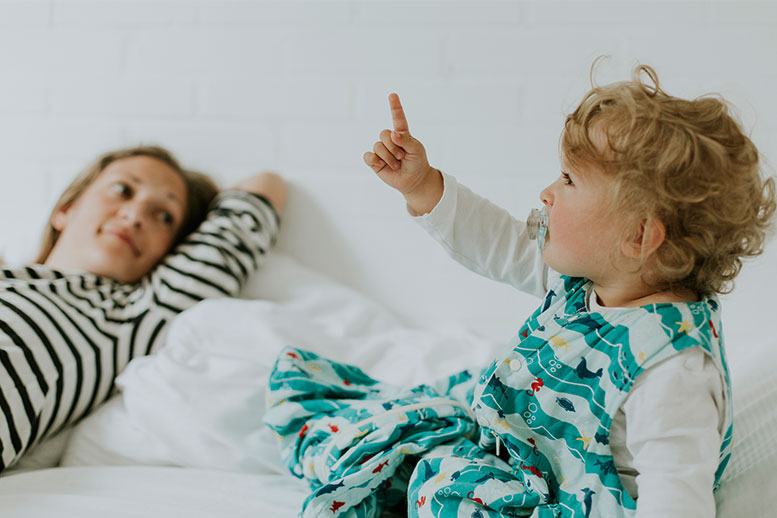
Latest news
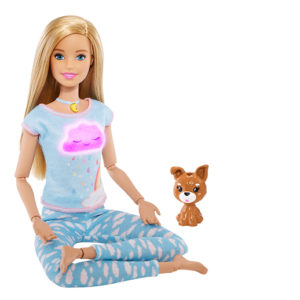
-ADVERTISEMENT- The wellness and fitness trend has arrived in the …
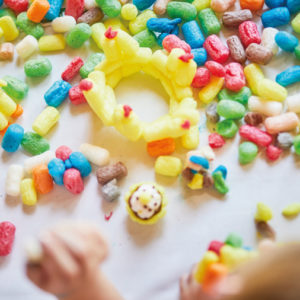
The fight against environmental destruction and the climate crisis are …
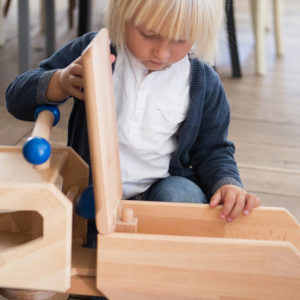
Anyone looking for new products in the field of toys, …
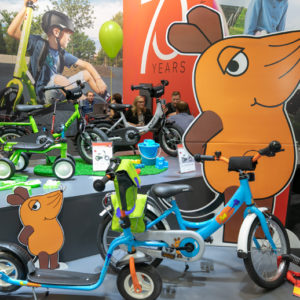
It is a market with huge dimensions and great potential. …
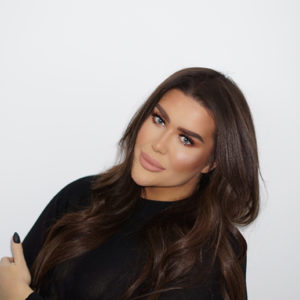
For companies, a social media presence has become indispensable and …

Hardly anything disturbs customers as much as waiting at the …

Research by TV station RBB has shown that some outlet …

The industry association Licensing International (formerly LIMA) has honored outstanding …
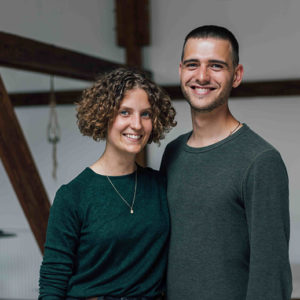
Communications manager Hannah König and managing director Stephan Schenk are …
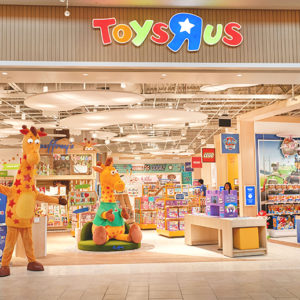
The toy dealer wants to leave his insolvency behind him. …
For safe sleep in young children, experts recommend the use of baby sleeping bags. By using a sleeping bag, the risk of sudden child death can be reduced by about more than twenty percent. Öko-Test tested 13 baby sleeping bags between eight and 85 euros. The field test showed that many sleeping bags were sold without instrunctions for use or warnings and partially contained problematic substances. According to Hildegard Jorch of the initiative “Gemeinsame Elterninitiative Plötzlicher Säuglingstod” (GEPS), it is already being worked on a special standard for baby sleeping bags.
Of the 13 baby sleeping bags tested, four were rated “good”, seven “satisfactory”, one “sufficient” and one “adequate”. The baby sleeping bags were tested for functionality and ingredients. Both test categories were included in the grading with 50 percent each. None of the sleeping bags tested had small parts that could be swallowed or had ribbons or cords that could cause strangulation. Furthermore, no sleeping bag was too heavy to restrict the baby’s movement. The brands H&M, Julius Zöllner, Prolana and Ikea scored “good” in the test.
Öko-Test recommends four baby sleeping bags
The light pink sleeping bag with dots for 19.99 Euro from H&M showed no deficiencies in the area of functionality. Due to the missing instructions for use and warnings on the sleeping bag, the test result in the area of functionality dropped from a very good rating to a good one. In the test for problematic ingredients, an increased antimony level was found. Optical brighteners were not found in the H&M sleeping bag. Consequently, the test result with regard to the ingredients was also “good”.
The lined jersey sleeping bag in light blue by Julius Zöllner for 25.90 Euro scored “very good” in the area of functionality, as no defects could be detected and instructions for use and warnings were given. With regard to the ingredients, an optical brightener and an increased antimony level was found. Those led to a test result of “satisfactory” in the area of ingredients. The sleeping bag received an overall rating of “good”.
In addition to the sleeping bags from H&M and Zöllner, the natural baby sleeping bag from Prolana with SS-Lambflor also achieved the grade “good”. Since a low risk of jamming due to the zipper was determined in the area of functionality and there were no instructions for use and warnings, the rating was “satisfactory”. Among the ingredients the Prolana sleeping bag received a very good rating for 45 Euro, since no problematic ingredients were discovered.
The Pyttesma sleeping bag in light blue and green can be purchased for 14,99 euros at Ikea. In terms of functionality, this bag received the grade “very good”. With regard to the ingredients, optical brighteners and an increased value of antimony were found. Thus, the rating in this category was “satisfactory”. The overall rating of Öko-Test for all four sleeping bags was “good”.
Öko-Test gives food for thought
Some of the baby sleeping bags tested showed a low risk of jamming due to the zipper, some posed a risk of slipping through for the baby and others had limited lying comfort. Öko-Test refers to zippers with concealed ends in the neck or arm area that can be closed from top to bottom. The test magazine advises a smooth workmanship for the lying comfort of baby sleeping bags, as seams, elastic bands or fabric gatherings can press against the baby’s delicate skin.
Since baby sleeping bags are an important prevention factor for a safe sleep of the baby according to the opinions of experts, they should be used correctly. Due to the lack of instructions and warnings on sleeping bags, one can assume incorrect use. They include, as Öko-Test explains, instructions such as: “Do not use in combination with other bedding (e.g. children’s blankets)…”. Öko-Test also recommends the reference to any damage or wear, such as buttons coming loose (which can be swallowed) or holes that can form traps for fingers or toes.
Many of the sleeping bags tested contained problematic substances and received one to four grades less. Among other things, an increased content of antimony was proven. This is a poisonous semi-metal which gets into the sleeping bag through fabrics or linings consisting of polyester. Öko-Test refers to the use of polyester fabric and polyester linings here, which release little or no antimony. Optical brighteners were also discovered in the baby sleeping bags in the laboratory. The whiteners can detach themselves from the fabric, some can cause allergic reactions in combination with sunlight. They also pollute the environment when they enter the sewerage system. In this respect, Öko-Test points out that sleeping bags are a product for babies and that more attention should be paid to problematic substances in the production of baby sleeping bags in the future.
You might be also interested in:
Stiftung Warentest tests children’s mattresses – safety standard to protect children
Öko-Test calls for children’s rubber boots free of harmful substances
mamalila: well-supported during sleep
Link: Hier gelangen Sie zu dem Öko-Test von Babyschlafsäcken
Image: Getty Images
//JP



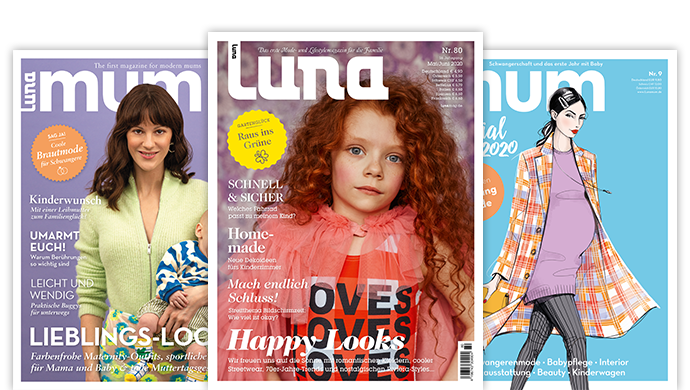
Leave a Reply
Can we get the full study, or at least the name of the other brands/models ?
Thank you
Enclosed the link to the current Öko-Test study:
https://www.oekotest.de/kinder-familie/13-Babyschlafsaecke-im-Test_111479_1.html